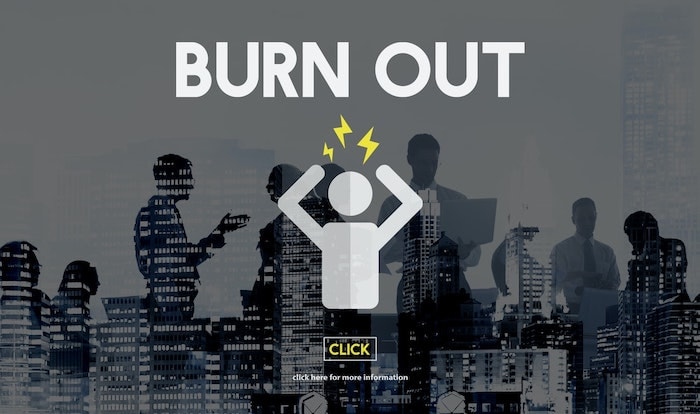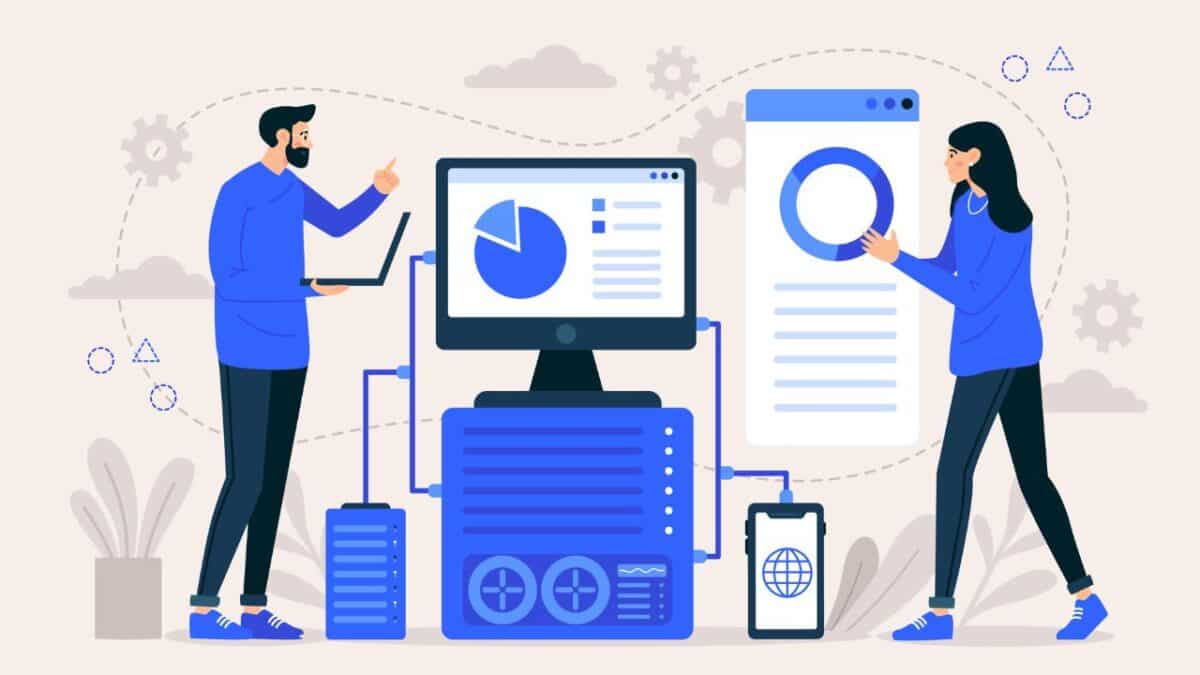Today, as I was looking for best HR manager practices articles to read, I came across a very interesting and less discussed problem : Workplace burnout.
I realized that as a HR there’s nothing that I did to prevent or deal with or to even spot workplace burnout. Before you wonder what workplace burnout is and how it affects the employees and what’s the need of avoiding or dealing with workplace, it is important to know few things.
- Workplace burnout isn’t just employee disengagement
- Workplace burnout doesn’t happen the same way for every employee
- Workplace burnout can affect your organizational productivity
- Workplace burnout can cause health problems to the employees experiencing it.
- According to a survey conducted by Statista, in February 2017, “It was found that 38 percent of the female respondents and 27 percent of male respondents agreed with the statement that they often feel worn out and have no energy at work.”
What Is Workplace Burnout?
Workplace burnout is a state of mental and physical exhaustion which happens when you are stressed for a longest period of time. During this phase, people often doubt their own capabilities and find no happiness at work. As a result, they are easily angered and lose patience often with their co-workers. If not helped, this burnout can affect the person’s health.
How To Spot?
Here are a few symptoms that can help you spot workplace burnout in your employees.
- Reduced interest and motivation towards work
- Frequent headaches and fatigue
- High irritability
- Decrease of efficiency in work
- Increase in absenteeism
- Job dissatisfaction
- Procrastination
What Are The Common Reasons For Employee Burnout?
Conflicts With Coworkers
This is one of the most common reasons why employees experience workplace burnout. We all know how important it is to be a team player for organizational success. But what if you have a conflict with a teammate? Is it still possible to remain a team player?
When you have to work with someone that you aren’t comfortable with, day in and day out. You will no longer feel the same zeal and motivation that you used to have when you started working.
Work Overload
It is important as a HR to keep track of how much work an employee is doing and how much they are capable of doing. But sometimes, the workload increases so much that the HR managers also have no option other than having their employees work for them. If this starts happening often then employees lose their motivation to work and there’s a possibility for burnout.
Less Compensation
Sometimes, employees are made to work for longer hours but still do not get the compensation that they deserve. If this happens more than twice then the employee starts losing their interest in their work and they lose motivation to even complete the smallest of the tasks which gradually results in employee burnout.
Personal Life and Work life Imbalance
Sometimes, the reason for a burnout can be the pressure for employees to balance work and their personal lives. For some, social isolation due to hectic work life or hostile colleagues can be the reason, for others it can be job insecurity and differences with co-workers and bosses. But the root cause remains work-life imbalance, which is what wreaks havoc on one’s professional and personal life.
How To Deal With Employee Burnout?
Now that you know how to spot employee burnout and the most common reasons for it, here’s how you prevent or deal with employee burnout.
Communicate and Clarify
As a HR, it is you responsibility to make the job roles and responsibilities clear to your employees. So communicate frequently with them and find out what motivates them. This will help you deal with their burn out. When you clarify what the employees should do, there will be no room for uncertainty and hence prevents workplace burn out.
Employee Assistance Programs
Employee Assistance Programs (EAP) are a great way to help your employees who are experiencing burnout. EAP’s can include employee participating in stress-relief workshops, receiving counselling at a discounted price, or even attending work-mandated therapy sessions. Most organizations which offer EAP’s tend to build a flexible programs. You can build a program based on what your employees need the most.
Flexibility At Work
Flexibility at work is important if you want your employees to stop burning out. By flexibility at work, we mean managers should allow employees to have flexible work schedules, not allow them to work overtime and of course, give them permission to take time off, if need be. Flexibility and understanding are the key to helping employees deal with their workload.
Acknowledge Their Work
We cannot stress how important it is to acknowledge you employees. When you acknowledge someone, you are letting them know, that you have noticed them. If you see an employee going above and beyond the call of duty, acknowledge them. If you see an employee struggling, acknowledge them and ask them how they are doing. It’s the little things that make employees feel good.
Mental Health Days
Finally, we need to acknowledge the fact that workplace stress is a real issue. And for employees who are experiencing burnout, who are recovering from burnout, or are dealing with mental-health issues, there are going to be some days where they will not be able to function at their best. In most organizations, there is a stigma surrounding employees who take sick days in order to deal with mental health issues. That should not be the case. Employees should be able to take mental health days if they need too. This will happen if your sick-leave policy is made more fluid.
Do you want to know more about Engagedly?
Request A Demo
Author
Srikant Chellappa
CEO & Co-Founder of Engagedly
Srikant Chellappa is the Co-Founder and CEO at Engagedly and is a passionate entrepreneur and people leader. He is an author, producer/director of 6 feature films, a music album with his band Manchester Underground, and is the host of The People Strategy Leaders Podcast.






